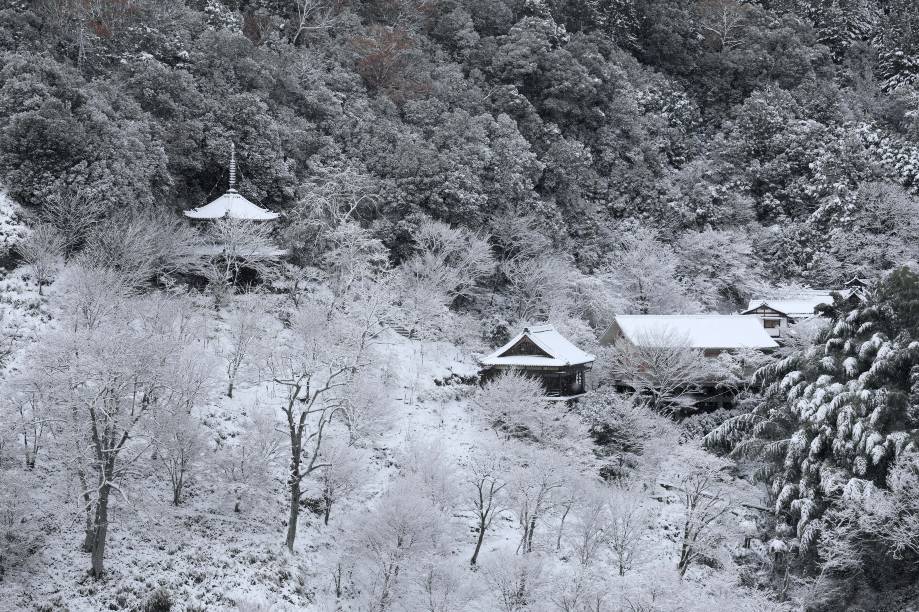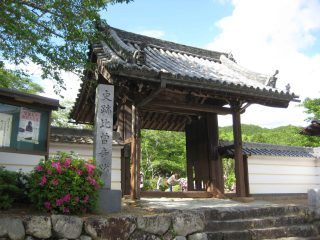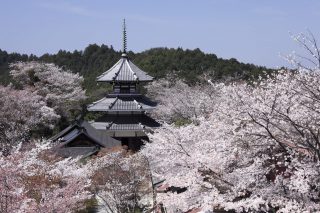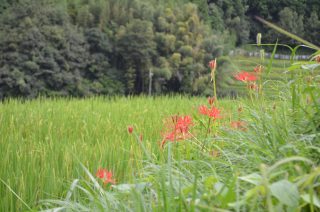About 850 years ago, a woman composed the following poem:
“I know our love has a difference of rank, but you’ve called me by saying the words “Shizu, Shizu” many times.
There is a fabric called “Shizu”. When weaving this cloth, the bobbin draws out the thread over and over again.
Just like weaving the cloth, I wanted those times you called me “Shizu” and the time spent with you to continue forever.”
I felt like I could feel her feelings of sadness and heartbreak in this poem.
She composed another poem before this one as well:
“He is gone, treading over the snow in Mt. Yoshino.
To the interior of mountains of Yoshino where nobody visits.
I miss his footprints.”
Legend says that this woman was forced to separate from her loved one at Mt. Yoshino, and wove her feelings of sadness about this event into her poetry.
The name of the woman who composed these poems is Lady Shizuka and her loved one was the famous warrior, Minamoto Yoshitsune.
Let’s briefly take a look at the historical background of this story:
During the time of the Taira clan’s control of Japan,
As the story goes, in the 12th century, the Taira clan of Japan suddenly made a move to seize ultimate power over the imperial court in Kyoto by putting a member of their family on the throne.
This situation led to public distrust of Taira, and the Minamoto clan (long rivals of the Taira), led by the brothers Yoritomo and Yoshitsune. long rivals of Taira, rose up to challenge them for the throne in what would later be called the “Genpei War.”
Under the leadership of Yoritomo, Yoshitsune became an army commander and hunted down the forces of the Taira clan, achieving results that nobody expected.
After three major battles, Yoshitsune Minamoto succeeded in totally defeating the Taira Clan.
After such victories, Yoshitsune would have surely wanted to enjoy his life with his lover, Lady Shizuka.
But how cruel is destiny?
The joy did not last long.
Yoritomo, suspicious of Yoshitsune, did not want his brother to have power and therefore nullified his titles. When Yoshitune resisted, his brother declared him an outlaw, forcing him to flee Kyoto and go on the run.
Yoshitsune and those loyal to him, fled towards O-shu (part of Iwate Pref.) wishing to be provided with protection.
On the way to O-shu, they arrived at a snow covered Mt. Yoshino and the people of the area noticed.
After his brother issued orders calling for the death of Yoshitsune Minamoto throughout the country, the people of Mt. Yoshino, who initially sheltered Yoshitsune, gradually grew fearful, and became hostile to Yoshitsune.
The area beyond Mt. Yoshino was a place that women were not allowed to enter. Lady Shizuka, who had fled with Yoshitune, could not follow him into the mountains and so the two were tearfully forced to seperate.
When it came time to say goodbye, Mt. Yoshino was overcast with clouds and it was steadily snowing. In this environment, body temperature gradually diminishes, and as Lady Shizuka was left behind by her lover in the snow, she must have been very cold, except for the warmth of her eyes.
She probably wanted to chase the footprints in front of her.
But she couldn’t.
The snow of Mt. Yoshino covered their suffering, the lost warmth of their time together, and their conjoined footprints.
The two lovers never saw each other again.
Even now, there are many legends still told about Yoshitsune and Shizuka in Mt. Yoshino and its surroundings.
“Yoshino” is the place where their noble love, though meeting a sad destiny, still sleeps forevermore.




